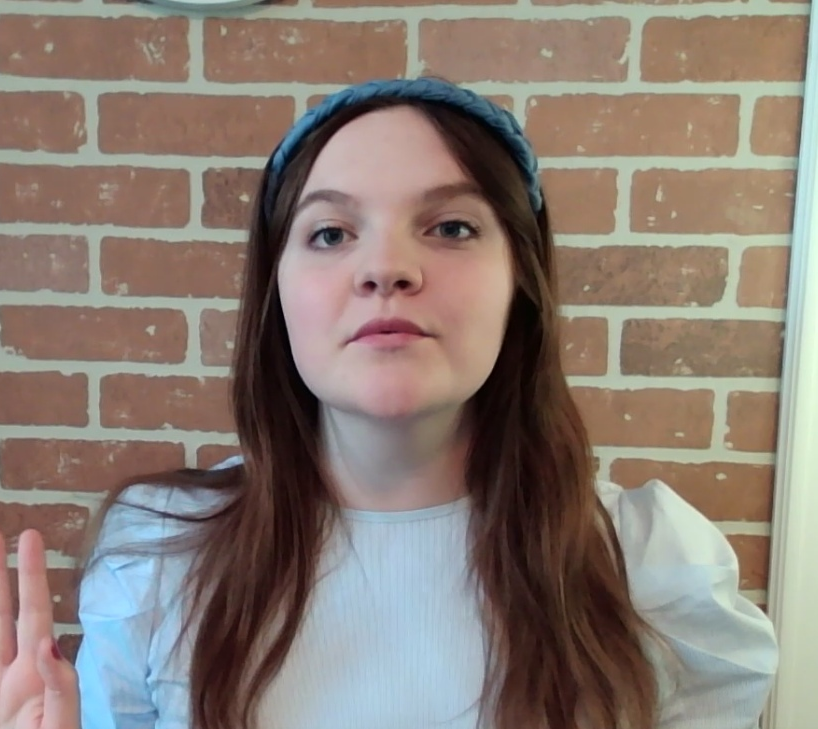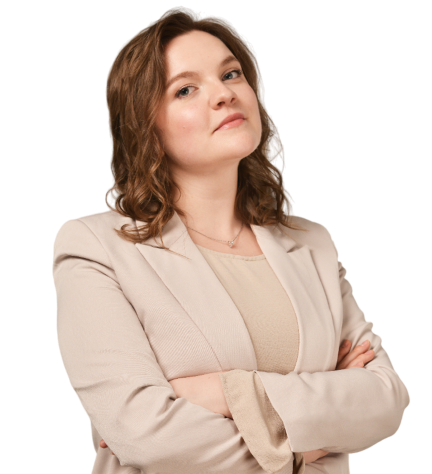Do you know what a Conditional sentence is? In fact, we use Conditionals very often and it is essential to know their formation and function. That is why in this article we will talk about these sentences in the English language.
So, a Conditional sentence consists of two parts and has some “condition” in one of them. These two parts are named “the main part” and “the if-part”. The main part is a sentence with a basic information we want to say, like: “I will go to the park”. Then we add some conditions to it, when, in what conditions you will go to the park, for example: “If the weather is good”. Then we combine these parts and here it is: “I will go to the park if the weather is good”.
Note down, that these two parts can be situated differently, the unique clue here is that the if-part should start with “if” or “when”: “I will go to the park if/when the weather is good. If/When the weather is good, I will go to the park”.
That is the basic explanation of the formation and function of Conditional sentences. But there are different types of Conditionals. These are:
- Zero Conditional
- First Conditional
- Second Conditional
- Third Conditional
- Mixed Conditional 1
- Mixed Conditional 2
Today we will talk about two types. Each type is constructed with the help of different grammar tenses: past, present or future. There is a necessity in different types of Conditionals, because of the variety of meanings people can explain with their help. For instance, you may need to say some natural law, describe a situation that will happen with some condition that already happened or could have happened if the conditions were different:
- The cock sings if the sun is up.
- If we buy this cock, it will sing and wake us up every morning.
- If we bought the cock, I would hear it sing and would not be late for work.
- If our cock had sung at 6 o’clock, I would not have missed the bus to the city centre.
And now let us discuss each type separately. Zero Conditional is very simple. We use it to talk about general truths, instructions or natural laws, for example: “If you heat water till 100 degrees, it boils. I feel exhausted if I sleep less than seven hours”. These sentences describe real situations in real word, it is not our opinion, prediction, wish, etc. As you see, to make such a sentence you need to use Present Simple in both parts: main part (Present Simple) + if-part (Present Simple).
The First Conditional is used to talk about some real situation that will happen in the future if some condition is completed: “If I start studying now, I will finish my homework soon”. How to make such a sentence? As you remember, there are two parts in a Conditional sentence, so in the main part use Future Simple tense and in if-part - Present Simple.
Why Future Simple? Because we describe the situation that will happen in the future, we need to use the future tense. Why Present Simple? Because in the English language one Conditional sentence can not have two future tenses in it. For instance: “If he gets up early, he won’t be late. They will forget these words, if they do not revise them systematically”.
Now you know what a Conditional sentence is and how to form Zero and First Conditionals. That is great! To sum up, you can check the table with these types of Conditional sentences. In the other article we will talk about the other types - Second, Third, Mixed Conditionals, but they describe unreal situations. So, stay up to date and follow the release of my new articles!
Table 1. Zero, First Conditionals
| Type | Structure | Example | Usage |
| zero |
Present Simple, If Present Simple |
If the temperature rises, the ice starts melting. | common truths, facts, natural laws |
| first |
Future Simple, If Present Simple |
I won’t wake up in time tomorrow, if I stay up too late. | a real situations in the future |










Comments (0)